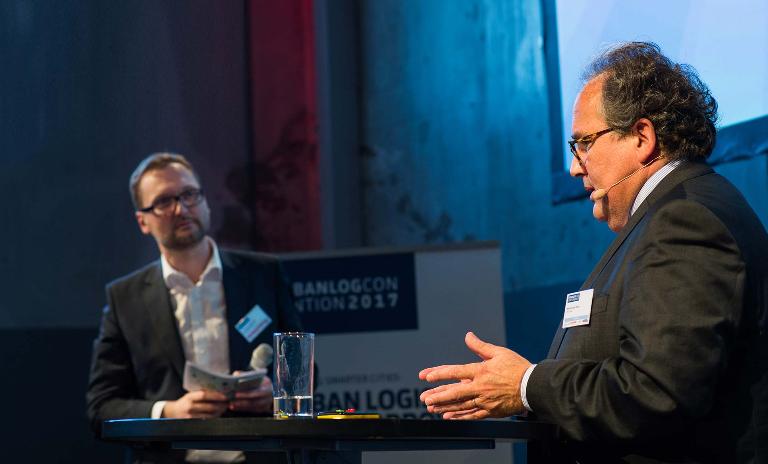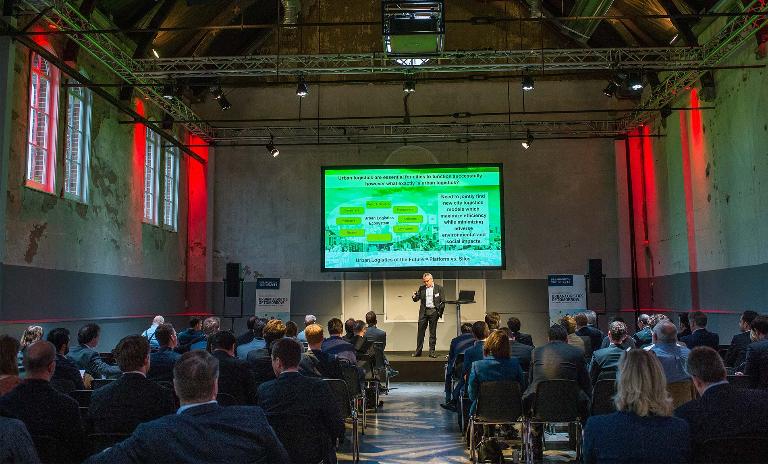

Urban Logistics Convention 2017

On November 21 and 22, 2017, Roland Berger hosted the Urban Logistics Convention in Amsterdam, together with the German Federal Logistics Association (BVL) and supported by the Dutch and French logistics associations VLM and ASLOG. The convention was the fourth event of its kind, following two Aviation Conventions in 2013 and 2015 and an Urban Mobility Convention in 2014.

More than 100 top-level experts representing almost all stakeholders in the industry (corporations, start-ups, research, and policy makers) convened in Amsterdam to share insights, plans and ideas. Participating corporations and institutions included UPS, DPD, Bpost, Deutsche Post DHL, Zalando, La Poste, FM Logistics and Foodora as well as representatives of the Dutch Ministry of Infrastructure and the Environment, the University of Rome and the World Economic Forum.
Presentations and discussions centered on current and future developments in the European logistics industry . After setting the scene for the evolving ecosystem of urban logistics, the convention focused on cooperative models, the role of technology, new business models, and about challenges implementing urban logistics solutions.
What follows is a summary of the five main topics addressed during the convention.

Many different voices came to the table, from all corners of the logistics space, making the Urban Logistics Convention a successful and productive event. Our discussions made it clear that finding sustainable urban logistics solutions in ever denser cities is a collective challenge.
So what's next? We recommend working with all stakeholders to build a common understanding of today's and tomorrow's challenges – this will serve as the basis for collaborative solutions down the road. Stakeholders could entail governments, carriers, retailers, academia, and technology providers, as well as food delivery services and people movers. Topics like sharing data (real-time and otherwise), improving city readiness, smart tendering, consolidation centers and push-to-pull delivery should be put on the agendas across the logistics industry. We are all responsible for tackling the challenges ahead – together.

